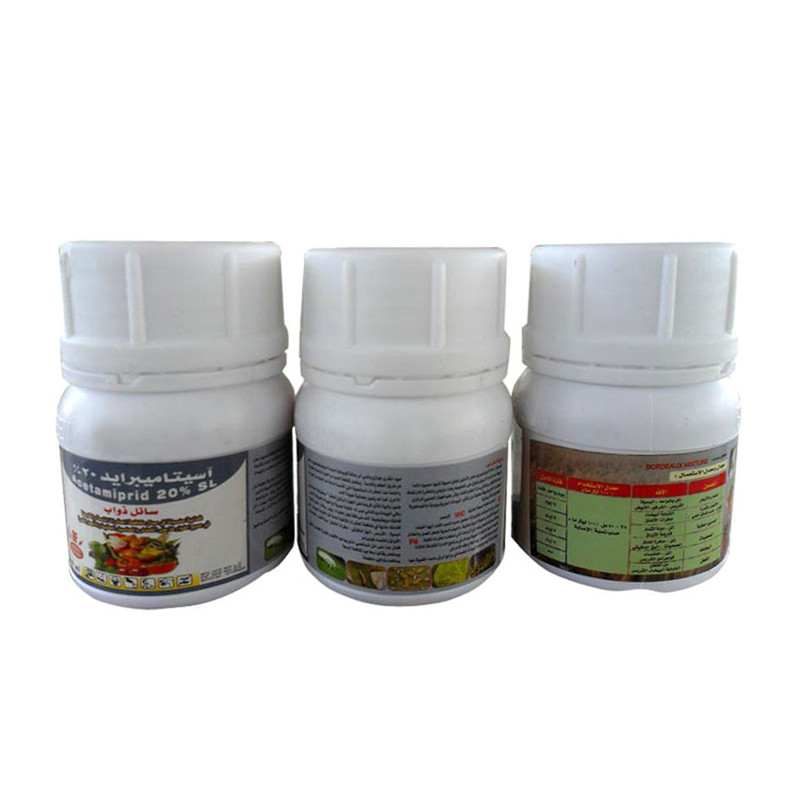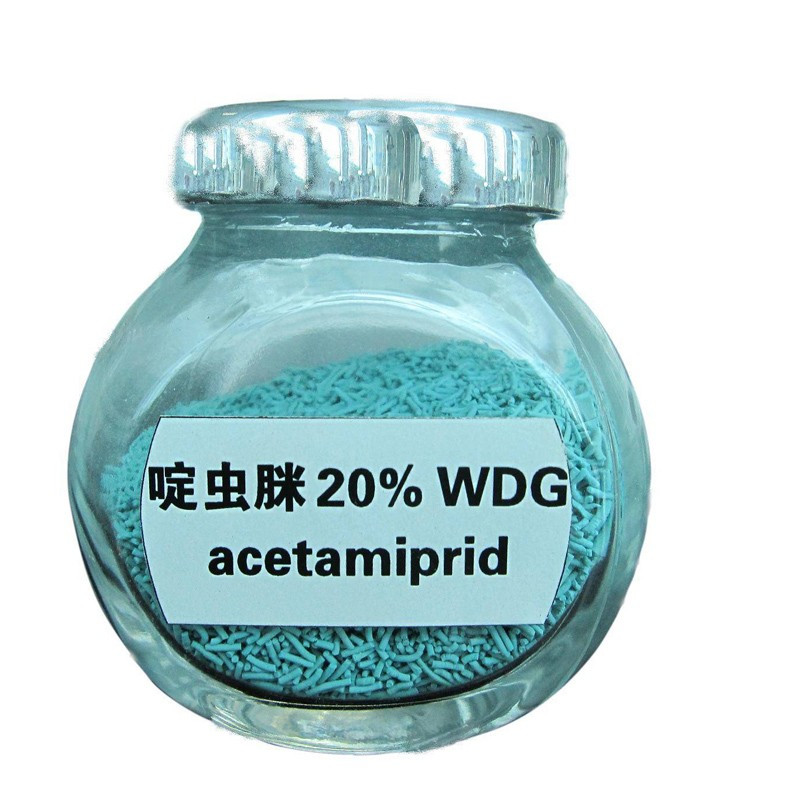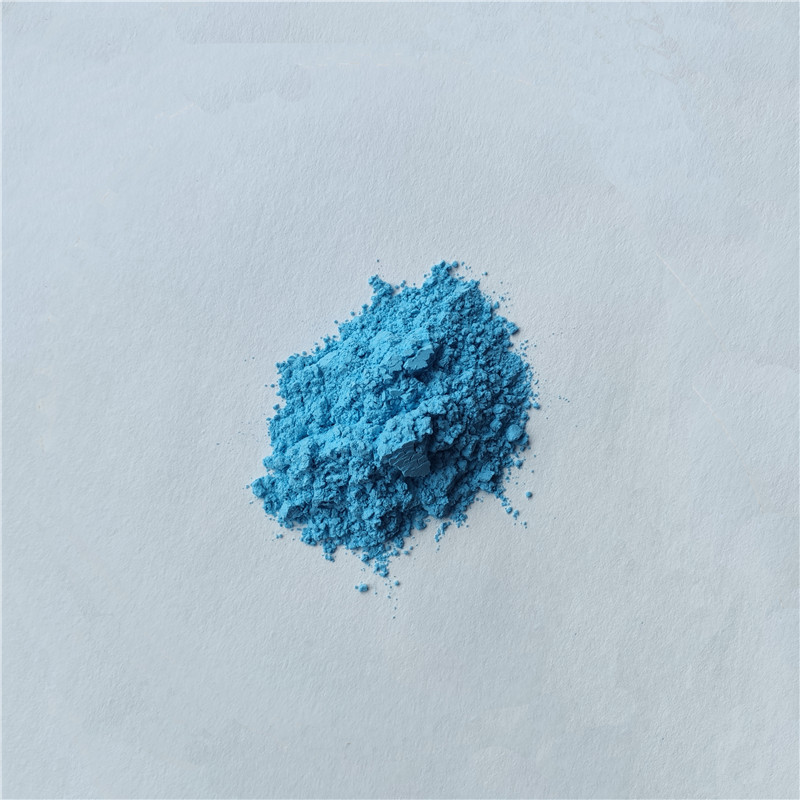hot sale pesticide agrochemical acaricide Acetamiprid 20%WP,20%SP
Introduction
Acetamiprid is a chloronicotinic insecticide. It has the characteristics of wide insecticidal spectrum, high activity, low dosage and long lasting effect. It mainly has contact and stomach toxicity, and has excellent internal absorption activity. It mainly acts on the posterior membrane of insect nerve junction. By binding with acetyl receptor, it makes insects extremely excited and die of general spasm and paralysis. The insecticidal mechanism is different from that of conventional insecticides. Therefore, it also has good control effect on pests resistant to organophosphorus, carbamate and pyrethroid, especially on Hemiptera pests. Its efficacy is positively correlated with the temperature, and its insecticidal effect is good at high temperature.
| Acetamiprid | |
| Production name | Acetamiprid |
| Other names | Piorun |
| Formulation and dosage | 97%TC,5%WP,20%WP,20%SP,5%EC |
| CAS No.: | 135410-20-7;160430-64-8 |
| Molecular formula | C10H11ClN4 |
| Application: | Insecticide |
| Toxicity | Low toxicity |
| Shelf life | 2 years proper storage |
| Sample: | Free sample available |
| Mixed formulations | Acetamiprid1.5%+Lambda-cyhalothrin3%ECAcetamiprid20%+beta-cupermethrin5%ECAcetamiprid20g/L+bifenthrin20g/L EC
Acetamiprid20%+Emamectin Benzoate5%WDG Acetamiprid28%+Methomyl30%SP Acetamiprid3.2%+Abamectin1.8%EC Acetamiprid5%+Lambda-cyhalothrin5%EC Acetamiprid1.6%+Cypermethrin7.2%EC |
Application
1.1To kill what pests?
Acetamiprid insecticide can effectively control whitefly, leaf cicada, Bemisia tabaci, thrips, yellow striped beetle, bug elephant and aphids of various fruits and vegetables. It has little lethality to natural enemies of pests, low toxicity to fish and is safe to people, livestock and plants.
1.2To be used on what crops?
1. It is used to control vegetable aphids
2. It is used to control aphids of jujube, apple, pear and peach: it can be controlled during the growth period of new shoots of fruit trees or at the early stage of aphid occurrence
3. for the control of Citrus aphids: acetamiprid was used to control aphids at the onset stage of the aphids. The 2000~2500 was diluted with 3% acetamiprid EC to uniformly spray the citrus trees. At normal doses, acetamiprid was not harmful to citrus.
4. It is used to control rice planthopper
5. It is used for aphid control in the early and peak period of cotton, tobacco and peanut
1.3Dosage and usage
|
Formulation |
Crop names |
Control object |
Dosage |
Usage Method |
|
20%WP |
cucumber |
aphid |
75-225g/ha |
spray |
|
20%SP |
cotton |
aphid |
45-90g/ha |
spray |
|
cucumber |
aphid |
120-180g/ha |
spray |
|
|
5%WP |
Cruciferous vegetables |
aphid |
300-450g/ha |
spray |
Features and effect
1. This agent is toxic to silkworm. Do not spray it on mulberry leaves.
2. Do not mix with strong alkaline solution.
3. This product should be stored in a cool and dry place. It is forbidden to store it with food.
4. Although this product has little toxicity, you must pay attention not to drink or eat by mistake. In case of drinking by mistake, induce vomiting immediately and send it to the hospital for treatment.
5. This product has low irritation to the skin. Be careful not to splash it on the skin. In case of splashing, wash it with soapy water immediately.





